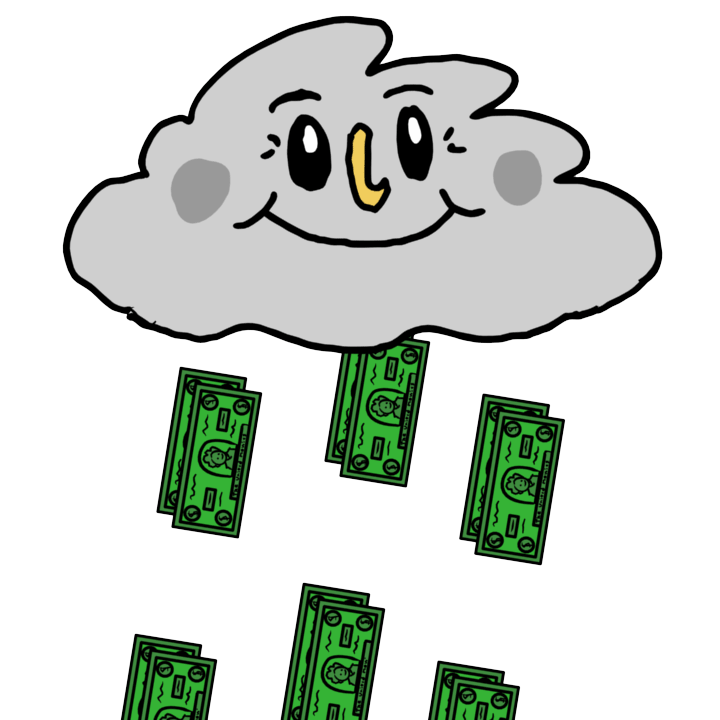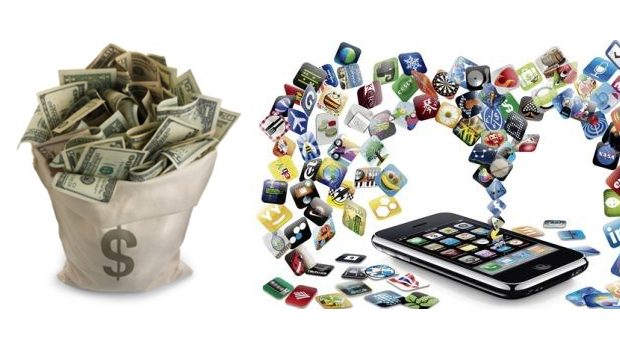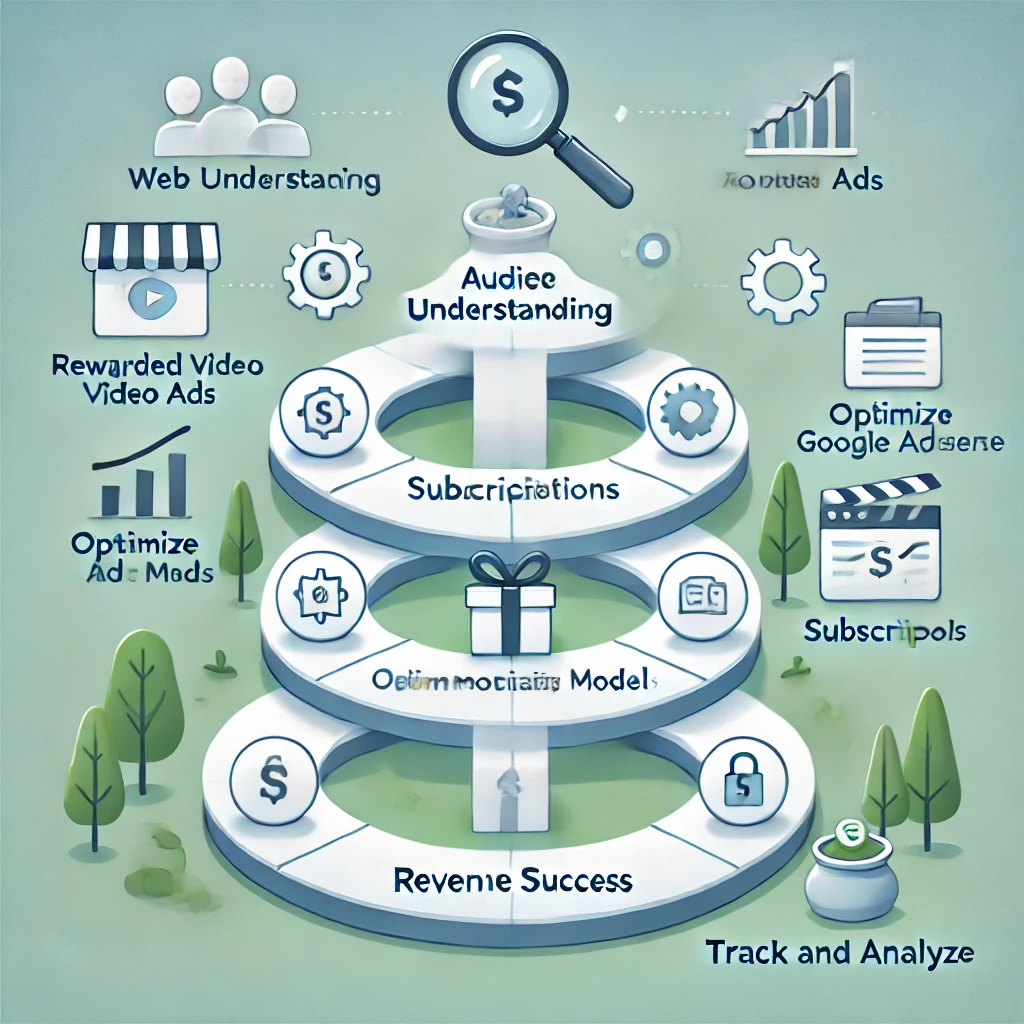
The Economics of Game Monetization: A Guide for Developers
Game monetization is more complex than ever, especially in mobile gaming, where consumers expect free access to quality content. As development costs rise, developers must design revenue models that balance profitability with user experience. Understanding the economics behind game monetization is crucial for building a sustainable business while meeting player expectations.
This guide covers key monetization strategies, from in-app purchases to rewarded video ads and explores the benefits of each method. By blending these tactics, developers can create a profitable game that players love to engage with.
The Changing Landscape of Game Monetization
Continuing on The Economics of Game Monetization: A Modern Guide for Developers post, In recent years, free-to-play (F2P) has emerged as the dominant model in mobile gaming. While consumers enjoy free downloads, they rarely want to pay for premium access or in-app upgrades. This shift has led developers to prioritize alternative revenue models, focusing on in-app purchases, rewarded ads, and timed events.
For developers, this means creating an experience that’s engaging without requiring upfront payment. Instead, monetization elements must feel like a natural extension of the gameplay. When these elements are thoughtfully integrated, they enhance the player’s experience, making monetization feel rewarding rather than intrusive.
Key Game Monetization Strategies
Continuing on The Economics of Game Monetization: A Modern Guide for Developers post, Here’s a breakdown of popular game monetization strategies that align well with user expectations and maximize revenue potential.
1. In-App Currencies
In-app currencies are virtual coins, gems, or tokens that players earn or buy to enhance their gameplay experience. Games like Words With Friends use in-app currencies, letting players purchase skills or exclusive capabilities. These currencies offer a flexible revenue model, allowing players to progress without spending real money. However, players can also buy extra currency if they want to advance faster.
In-app currencies encourage daily logins and drive player engagement. By providing currency for completing daily challenges, developers can establish routine play while gently introducing players to paid options.
Advantages of In-App Currencies
- Increased Engagement: Players return daily to earn free currency, which boosts retention.
- Flexible Spending: Players decide whether to spend real money, making the experience less pushy.
- Enhanced Gameplay: Currency allows players to unlock special items or levels, enriching the game.
For monetization to succeed, developers should ensure that items bought with currency truly enhance gameplay. Creating meaningful and exclusive items encourages players to make purchases rather than relying solely on free currency.
2. Time-Limited Events
Time-limited events create a sense of urgency, motivating players to log in frequently and engage with the game during specific periods. Candy Crush, for instance, uses timed events to encourage engagement, offering special levels, boosts, and rewards to players who log in during the event.
Timed events can align with other monetization strategies, such as rewarded video ads or in-app purchases, to maximize player participation and revenue. By offering limited-time-only rewards, developers can enhance both excitement and exclusivity.
Advantages of Time-Limited Events
- Boosted Engagement: Players feel motivated to return regularly for exclusive rewards.
- Increased Revenue Opportunities: Events can encourage spending on exclusive items or boosts.
- Event-Based Advertising: Tying rewards to ad views increases ad interaction rates.
To make timed events successful, developers should align rewards with gameplay themes and current player goals. Offering exclusive items that are only available during an event creates excitement and encourages spending or ad engagement.
3. Rewarded Video Ads
Continuing on The Economics of Game Monetization: A Modern Guide for Developers post, Rewarded video ads have become a staple in mobile game monetization. These ads let players watch short videos in exchange for in-game rewards. This model is popular because it offers players value without requiring real-world money. Players might earn upgrades, boosts, or in-game currency by watching these ads.
Rewarded video ads provide an excellent way to monetize non-paying players, who may still be willing to watch ads in exchange for rewards. Additionally, because players opt to watch these ads, the experience feels voluntary rather than forced.
Advantages of Rewarded Video Ads
- Increased User Retention: Offering valuable rewards boosts player engagement.
- Higher Revenue from Non-Paying Players: Ads monetize players who might not make in-app purchases.
- Enhanced User Control: Players opt into ads, making the experience less disruptive.
By partnering with ad networks like AppLixir, developers can integrate rewarded ads that fit seamlessly into gameplay. AppLixir’s platform ensures that ads enhance the experience without disrupting it, offering developers a reliable revenue stream.
4. Random Chance Purchases (Loot Crates)
Random chance purchases, often called loot crates or loot boxes, offer players the chance to buy a mystery selection of items. These purchases typically involve a mix of valuable and standard items, with one highly desirable item as the main attraction. By offering a mix of random rewards, loot crates keep players intrigued and willing to spend on the chance of getting rare items.
Though controversial, loot crates can be a successful monetization tool when implemented responsibly. Developers should clearly communicate the contents and probabilities to players to avoid frustration.
Advantages of Loot Crates
- Enhanced Excitement: Random rewards keep players interested and engaged.
- Increased Revenue from Unique Items: Players often spend more for exclusive or rare items.
- High Engagement Potential: Players may repeatedly buy crates to try their luck for valuable rewards.
Successful loot crate systems balance excitement with fairness. Transparency about item probabilities builds trust and avoids the pitfalls of perceived unfairness.
The Role of Content in Sustaining Monetization
Content quality remains central to any monetization strategy. Engaging, high-quality gameplay draws players in, while monetization options give them ways to enhance their experience. A well-designed game with regular updates keeps players invested and willing to spend.
To keep the content fresh, developers should introduce new levels, characters, or challenges frequently. This creates ongoing interest and ensures that paying players continue to feel rewarded.
AppLixir’s Role in Rewarded Video Ads for Game Monetization
Continuing on The Economics of Game Monetization: A Modern Guide for Developers post, For game developers looking to implement rewarded video ads seamlessly, AppLixir offers a powerful solution. With years of experience in the gaming industry, AppLixir specializes in rewarded video ads that enhance the player experience. AppLixir’s ad platform integrates smoothly with mobile and web-based games, ensuring minimal disruption.
AppLixir’s team understands the balance between user engagement and ad placement. By strategically timing ads, developers can ensure players receive rewards at meaningful points in the game, such as after completing a difficult level or achieving a milestone.
Best Practices for Sustainable Game Monetization
To achieve sustainable monetization, developers should focus on strategies that align with player interests and enrich gameplay. Here are some best practices:
- Plan Monetization Early: Identify your game’s monetization model during development. This allows you to design levels, rewards, and engagement loops that incorporate in-app purchases, ads, or loot crates without disrupting gameplay.
- Prioritize User Experience: Any monetization model should complement, not overshadow, gameplay. Rewarded ads, for example, should provide meaningful rewards that make gameplay more enjoyable.
- Maintain Transparency: With loot crates or random chance purchases, transparency is essential. Clearly communicating probabilities helps build trust and reduces player frustration.
- Regular Content Updates: Players appreciate fresh content. Whether it’s new levels, items, or time-limited events, keeping the game updated improves retention and monetization potential.
- Work with Reliable Partners: Choosing the right ad network, like AppLixir, ensures that rewarded ads contribute positively to the player experience and maximize revenue without compromising quality.
Key Takeaways
Continuing on The Economics of Game Monetization: A Modern Guide for Developers post, Game monetization is a nuanced balance of providing value to players and generating revenue. By leveraging a mix of in-app purchases, rewarded video ads, loot crates, and time-limited events, developers can meet player expectations while achieving financial goals. Prioritizing content quality and maintaining transparency are essential for long-term success.
With partners like AppLixir, developers can implement rewarded video ads that enhance gameplay. By thoughtfully designing monetization elements, you can build a sustainable revenue stream while keeping players engaged.
For more information on how AppLixir can support your game monetization strategy, visit AppLixir’s website.



